A Look into Development
A brief synopsis of the process behind design for the 18 hole course at Royalton Ravine
Written by James Carman
Where to start? A simple question, but probably one of the most important to ask when developing a new course from the ground up. The start and end points of a disc golf course are critical in the overarching design of a course. The start point to a course should be conveniently located near a parking lot or entrance to the park. Bonus points go to a well placed basket standing out like a beacon, summoning the players in the right direction.
I’ve got an idea! A part of course design that’s easy to overlook is the planning phase. Before even stepping foot in the park, we got together as a group and discussed the concept of what we wanted the course to be and what our targets were. Given the size of the park, we knew that we wanted to develop what we deemed to be a championship level course with a target par in the low to mid 60s. The terrain of the park is well wooded, so we decided we wanted to use the natural foliage to develop tight lines funneling shots on parts of the holes that open up into well defined target landing zones. The idea was simple, reward the shot that hits the lines and plays to the design.
Getting Lost. When looking at a new location for a course, I like to get lost, literally. Some of the parks that make the best courses have acres of untouched land. The kind of terrain that you get a few scratches exploring or find yourself wondering, which direction is back to the car? Before even considering hole locations, I went out to the park by myself; walked off the path and wandered for a good hour. What’s great about doing this is that you find cool locations that you think to yourself, we have to work this in. There was a point that we thought we had a decent vision of what we wanted to first 6 or so holes to look like, until Bob Buckley and Justin Gilbert wandered away from our main scope and found the perfect tee location for hole 4.
Key Locations. Finding those spots that are must includes in the course really help shape the design and push the course toward it’s development. While working on hole 10, Buckley and I noticed a a really cool hill off to the side of the hole. Once we saw the spot, we knew for certain that location needed to be a basket placement. We weren’t looking at that spot for a basket location for 10 and the concept of the hole didn’t exactly fit it, but we knew it would have to find it’s way into the course.
Calling an Audible. Things don’t always go the way that you plan them to. We thought we had a well rounded design that worked perfectly with our goals and the park. The next step was to walk the concept with the park manager for approval and that’s when we found out one of our key holes wasn’t located on the parks property. The parks performed a site survey, marked the boundary of their land and it turned out almost the entirety of hole 15 was located on the neighbors property. We basically needed to change 4 holes to make the course work with this newly discovered bump in the road. In the long run, the general design on those holes didn’t suffer and in fact, the key basket location Buckley and I found got an upgrade. The hole we had originally designed to use that spot was good at best, however after reworking that area, hole 16 got an upgrade.


